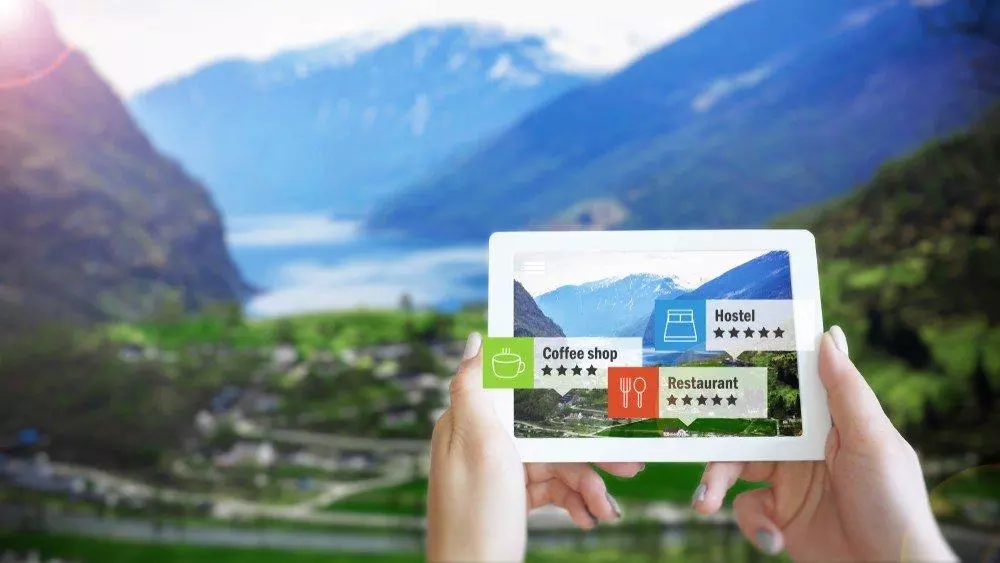With the help of the virtual display feature that AR and VR devices can provide, the use of virtual reality and augmented reality in tourism can thus help boost the tourism sector.
Have you ever been in a situation where you were in a dilemma or spoilt for choice in order to select the best destination place to visit for your holiday trip? Now, the use of technologies such as virtual reality and augmented reality in tourism can help you make choices effectively. For instance, with the help of VR-enabled headsets provided by travel agencies, customers can now virtually view places they were earlier not aware of. This will help tourism agencies to promote their holiday packages and market themselves, and thus boost customer engagement. Here’s how VR and AR technologies can help you choose your destination easily:
Virtual Reality in Tourism
One of the most prominent features of VR technology is that it can completely immerse you into a virtual environment. Thus with the help of VR-enabled headsets, you can experience a destination virtually even before booking a holiday package. The use of VR-enabled headsets can really turn out to be cost-effective and also can help save you valuable time. When we talk about virtual representation, VR experiences can be so detailed that they can even allow you to take a virtual tour of the hotel room you are planning to stay at.
Another notable feature of the VR-enabled headset is it can provide you with a 360-degree VR tour. Thus, with the use of the 360-degree view feature of the VR, you can explore your holiday destination in 360-degree prior to the booking and then make a decision accordingly, whether you would prefer to visit the place or not. One of the live examples is the use of VR technology in a London-based museum. This London-based museum has developed an app that gives users a behind the scenes experience of the museum. A 3D hologram version of the natural history broadcaster, Sir David Attenborough here acts as your tour guide. The visitor could pick up any object from the museum, and the hologram version of Sir David would provide his expert knowledge about the object to the visitor.
Augmented Reality in tourism

AR technology can offer what VR technology cannot. With the help of your smartphone, AR technology can offer you much more realistic experiences as compared to VR technology. A few years back, one of the hotels in London had implemented AR technology in all its rooms. With the help of the London city map on the wall of each hotel room, the guests can point their smartphones, using the hotel’s app, directly on the wall and get additional information about a specific place located in the city. Similarly, New York City enables its commuters to make use of AR technology across the subways using an AR-enabled App. With the help of the AR app and New York City map placed on the walls of the subways, the commuters can simply point their smartphones on the map and get information such as turnstile and schedule data from the Metropolitan Transportation Authority (MTA). Thus, the AR app can turn the regular train scheduling and directional maps into an interactive guide. Also, recently an AR food app was developed that allows consumers a virtual 3D preview of the food they are planning to order. Using the AR food app, the consumer can point their smartphones on the plate, and the app would generate a 3D virtual view of the food item accordingly.
With the implementation of virtual reality and augmented reality in tourism, the process of choosing a holiday destination has eased. According to research, 13% of people who experience a VR vacation go on to book the trip or get in touch with lodging or transportation companies. This study implies that both tourist and tourism businesses are benefiting by making use of VR technology. Apart from benefiting from VR technology, now tourists can also use AR technology to view food items even before ordering it. With the utilization of AR and VR in tourism eventually saves us a lot of time as well as money, and also helps tourism companies to boost customer engagements. Thus, the effective use of VR and AR and other technologies like blockchain in tourism can help revolutionize the industry.




Leave your comments
Post comment as a guest